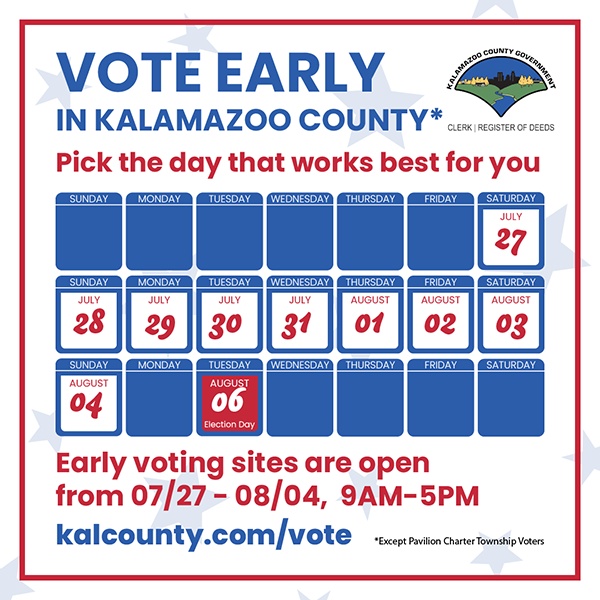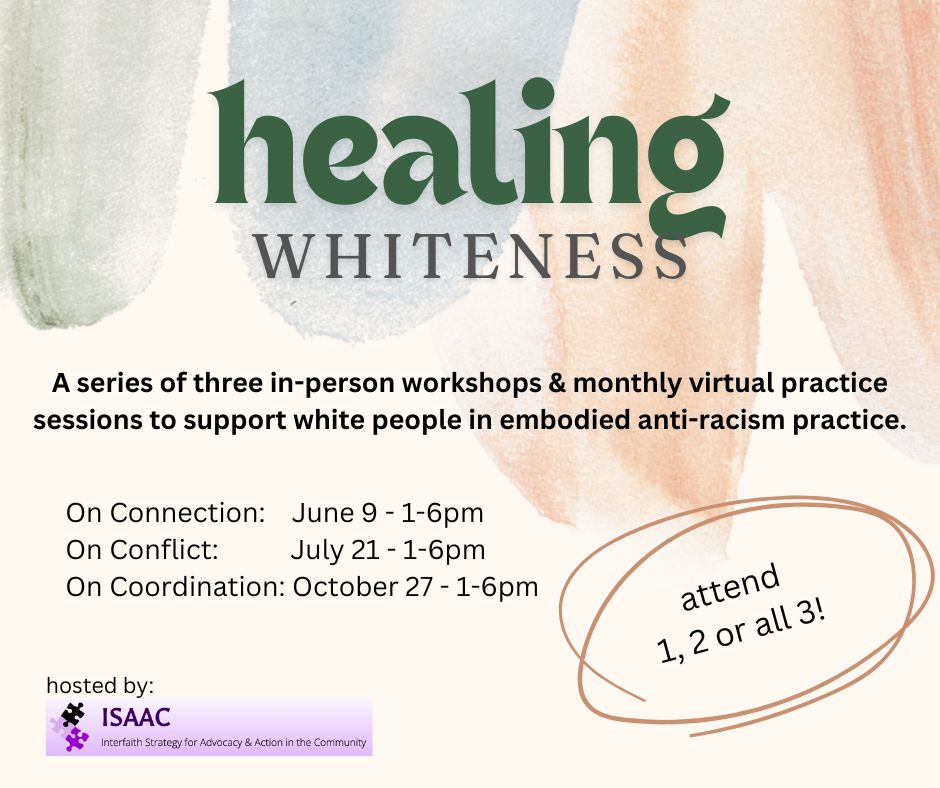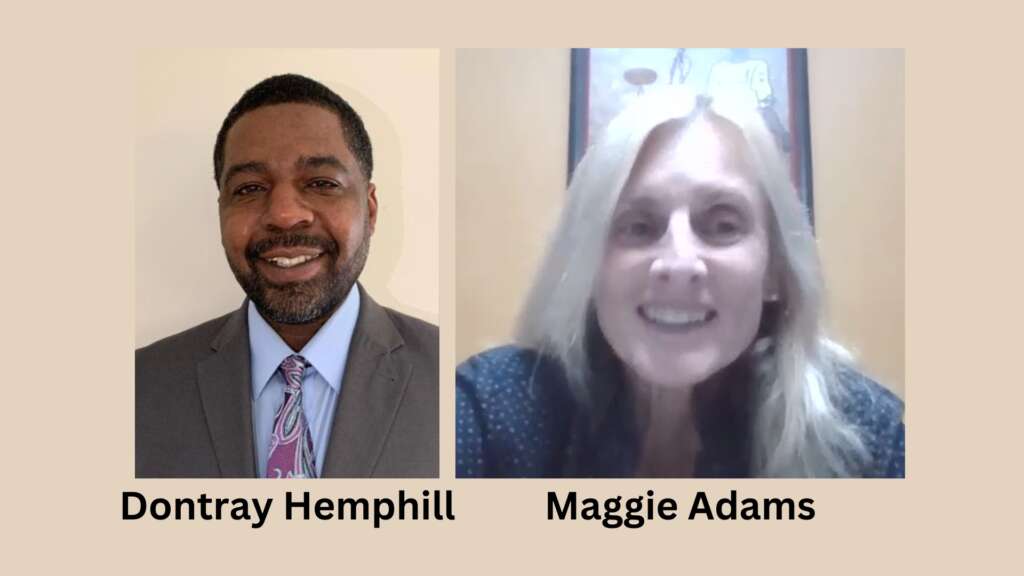 Two recent Mlive articles illustrate the success of ISAAC’s process of catalyzing public policy changes to build the Beloved Community. It was past efforts of our Housing Task Force that catalyzed the adoption in our community of both of these new housing strategies reported on MLive:
Two recent Mlive articles illustrate the success of ISAAC’s process of catalyzing public policy changes to build the Beloved Community. It was past efforts of our Housing Task Force that catalyzed the adoption in our community of both of these new housing strategies reported on MLive:
Bronson Hospital Program Houses Frequent Emergency Room Visitors
By Malachi Barrett, May 13, 2018 (Read the full article at MLive.com)
A man in the city of Kalamazoo once only had two places to sleep at night: A bed in the hospital and a hole he dug with his own hands. He is no longer homeless, in part thanks to a new Bronson Methodist Hospital program focused on housing frequent visitors of its emergency department who are often dealing with unmanaged chronic health issues.
In 2013, ISAAC invited our hospitals and housing agencies to a presentation about a program in Minneapolis called FUSE (Frequent User System Engagement) created because “frequent users” of emergency rooms are very likely to be homeless. The group continued to meet at lunchtime every month for more than a year, with ISAAC providing lunch, agendas and facilitation, Open Doors Kalamazoo providing leadership and meeting space, and everyone sharing their expertise. By 2014, the FUSE pilot project at Bronson was in its early planning stages.
We are very grateful to Bronson Hospital for its vision and leadership, and to Kalamazoo Community Mental Health and Substance Abuse Services for partnering to provide rehabilitation treatment, and to the Kalamazoo County Public Housing Commission for working with Bronson to find homes for the participants and fund their rent. This collaboration is an impressive accomplishment.
It is also a very significant contribution. As Terry Morrow, vice president of development and community health at Bronson, says in the article, stable housing is important to health because “80 percent of a person’s health is determined by the social and economic conditions where they live and work.”
Kalamazoo Sells Downtown Parking Lot for $24M Mixed-Use Development
By Malachi Barrett, May 17, 2018 (Read the full article at MLive.com)
A total of 135 apartment units are planned, including 480-square-foot studio apartments and 1,136-square-foot two-bedroom units. The sales agreement guarantees 14 workforce housing units located throughout the building…
In 2007 and 2008, ISAAC brought David Rusk, national expert on Inclusionary Housing to share his message with our local officials: “Some of the nation’s biggest builders know they can make money at Inclusionary Housing (including a modest percentage of low-price units within market-rate housing developments.)” He showed slides of a great variety of very attractive Inclusionary Housing in Maryland–where it was first invented by Fair Housing organizations in response to gentrification–and in many other parts of the country. City and township officials became very interested, but the Great Recession hit and no new market-rate housing would be built for years.
We are very grateful to the City of Kalamazoo, since then, for hiring a number of visionary community planners who know what an important tool Inclusionary Housing is to help solve our housing crisis. Some of them even have expertise in Inclusionary Housing from their work in other states. The City’s commitment to Inclusionary Housing in new residential developments is very encouraging.
We are also particularly grateful to Mayor Bobby Hopewell for his comments reported in the MLive article:
Mayor Bobby Hopewell noted the difference between workforce housing and affordable housing, as defined by the U.S. Department of Housing and Urban Development. Homes are affordable when 30 percent of a person’s income is spent on lodging, according to HUD. “…the challenge in this environment is you get there but you don’t get far enough there,” he said.
“We have a housing crisis in all spectrum of housing, whether it’s affordable, attainable workforce or market rate; we know we need more units,” Hopewell said. “The only way we’re going to get those is engaging developers to build what we need. What I like about this project is they’ve heard us on the affordable side.”
Hopewell said the city is “flexing all the muscle” it has in creating incentives for attainable housing for its lower-income residents…
– Tobi Hanna-Davies, Housing Task Force co-chair with Stephanie Hoffman, Deputy Director of Open Doors Kalamazoo
 ISAAC
ISAAC





 Ed Genesis is an artist, poet, musician, organizer, entrepreneur, and community leader. Born and raised in Gary, Indiana and moved to Kalamazoo, Michigan permanently in his early 20’s, his love of art/music, his passion for his people and community, and his gift of creativity are evident in all areas of his work. In October 2018 Ed Genesis released a song to accompany the campaign he was working on around school push out, entitled Junior High, which was distributed nationwide including on his own iHeart radio station, Spotify, and iTunes.
Ed Genesis is an artist, poet, musician, organizer, entrepreneur, and community leader. Born and raised in Gary, Indiana and moved to Kalamazoo, Michigan permanently in his early 20’s, his love of art/music, his passion for his people and community, and his gift of creativity are evident in all areas of his work. In October 2018 Ed Genesis released a song to accompany the campaign he was working on around school push out, entitled Junior High, which was distributed nationwide including on his own iHeart radio station, Spotify, and iTunes.